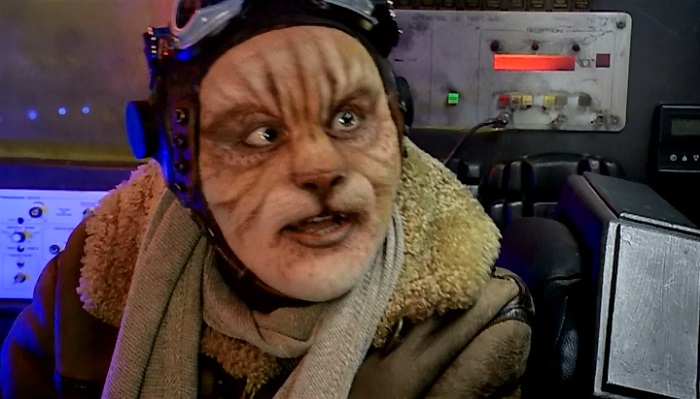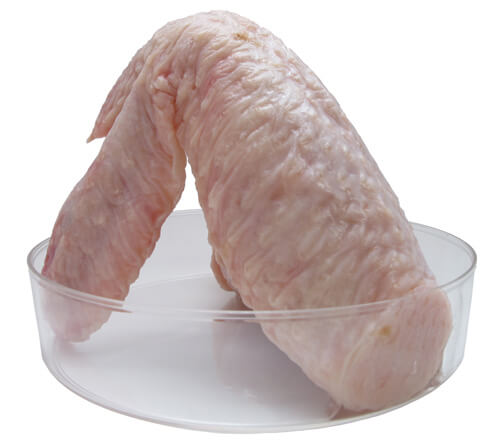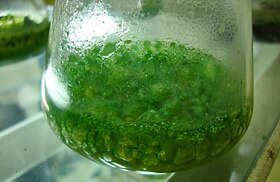Industry: Mining, energy
Headquarters: Olympus City,
Mars,
Sol System
Key people: Sophia N. Tusi, President
Revenue: increase
UCN $ 2.147 trillion (2222)
Employees: 24,008,000 (2222)
Olympus Mining Industries (OMI) is a
Mars-based interplanetary mining corporation, which is amongst the largest corporate states in the
UCN. Olympus Mining Industries, including its consolidated companies and its share in equity companies, is one of
Sol Systems largest fuel and ore producers, eludium marketers, hydrocarbon marketers and
antimatter manufacturers.
The OMI is based primarily in Olympus City, located on the slopes of the mighty
Olympus Mons of
Mars. This city is owned and controlled entirely by the OMI, and is considered the jewel of the
Sol System for its beauty, industry, and use of engineering wonders. It is from this capitol, that the OMI controls and directs its enormous fleet towards the betterment of mankind.
History
Olympus Mining Industries is the longest running corporate venture on Mars, having its start from the earliest days of the Mars Terraforming Initiative in 2020. In those days the OMI was a coalition of elements from the old Shell Oil, Space-X, NASA, and several smaller companies. From its beginning, OMI has been focused on unlocking energy sources to power a busy human race.
Now OMI ships and power stations can be found throughout the Sol System, from positron forges near the Sun (where antimatter is created), to gas mining on Jupiter, Saturn, and mining interests in the belt and on the moons of Jupiter and Saturn.
Within the past fifty years, Olympus vessels have begun venturing into the reaches, seeking out energy and opportunities. The "Nomad" series of vessels are a recent marvel. Massive starships sent far from the Sol System to set up hubs from which the company might assay the surrounding star systems and make claims. These vessel are veritable flying cities, equipped with a Shors Hammer class
Quantum Computer to aid the crew and to set up a "quantum beacon" to allow instant communications with home.
Government and Politics
Like all corporate states of the UCN, Olympus Mining Industries is run by an all-powerful Board of Directors under the leadership of President and CEO Sophia N. Tusi. Under the leadership of President Tusi, Olympus Mining Industries has expanded beyond the Sol System into the reaches, seeking an ever-increasing variety of resources and sources of power.
As a primarily mining and energy producing corporation, OMI has a
large number of "factory" style work environments and has a "working
man" attitude of self reliance and tough determination drilled into its
employees. As with all major corporations, there is a definite
line between management and worker "castes" enforced by policies and the
OMI security forces. Execs rarely interact with workers and vice-versa.
Economy
Olympus Mining Industries is always looking for materials to mine and process, with a particular focus on gold, cobalt, iron, manganese, molybdenum, nickel, osmium, palladium, platinum, rhenium, rhodium, hydrocarbons, ruthenium, tungsten, oxygen, hydrogen, water.
Olympus Mining Industries specializes in the following special materials;
Antimatter: The production of antimatter is extremely dangerous, and expensive, but the end result is the super fuel that allows interstellar travel possible. At present, the OMI is responsible for 64% of the antimatter consumed by the UCN fleets. Antimatter pollution is a major issue, as engines using this material for power produce a significant amount of radioactive waste.
Eludium: A rare ore mined from certain neutron stars, Eludium is crucial in the production of gravity manipulating technologies as well as the newer models of matter screens. Eludium is very expensive to process, and mortality rates amongst mining crews is quite high. Despite these issues, Olympus Mining Industries controls the majority of Eludium production in the UCN.
Hydrocarbons: Reliance on hydrocarbon fuels (ie oil, amongst other things) is still widespread in the world of 2222. Hydrocarbons are cheap, easy fuels that are also useful in construction, domestic use and even as a component in many
food products. OMI holds many mines throughout the Sol System and beyond, and are masters of its processing.
Io
Io is one of the moons of
Jupiter. It was discovered in 1610 by renowned astronomer and scientist
Galileo Galilei.A rocky world, by the
2100s Io had been colonized by Olympus Mining Industries who have built domed cities in order to create a suitable atmosphere for living.
The domed and underground cities are home to a wealthy aristocracy of corporate executives and their families. The domes are full of the very latest diversions and luxuries, and the best boarding schools in the
Outer So System. Maintaining this colony are a great many robotic laborers, servants, as well as a solid core of human and
chuman menials and technicians.OMI Security Guards have their own sectors and are quite well paid.
As an "ideal" world for the privileged, Io is closed to idle visit. Those just looking to see the sights had better have their papers in order. Security here is tight, but the guards are usually quite bored, and so greatly enjoy getting to harrass anyone there without proper clearance.
Many OMI execs will come from Io, or have at least some family there. It is considered a real honor to from or attached to the Io aristos, if only for name dropping purposes. For those not born, raised and educated in ivory tower opulence, execs from Io might seem painfully distant from "lesser" men and women, privileged, but a bit out of touch.
Using Olympus Mining Industries in the X-Plorers RPG
Olympus Mining Industries is a good example of a Corporate State for the X-Plorers RPG. Its is an immense, monolithic corporation that can pretty much do what it wants.Employees of the corporation are almost always loyal, as the OMI spends a great deal of efforts to make sure its employees are busy, either with work or entertainment.
Outside of the corporation Olympus is widely loathed as a slippery corporation with a long grocery list of violations filed with the UCN. Antimatter pollution, genocide, claims jumping and all manner of villainy have been laid on the doorstep of this Corporate giant. But with the kind of money that OMI can spend, it can afford mighty big bribes, and the best lawyers money can buy.






















